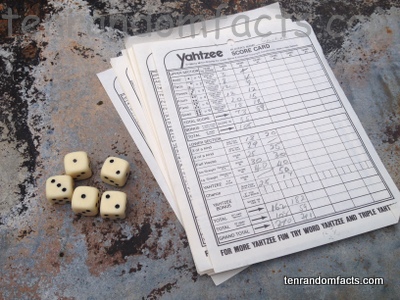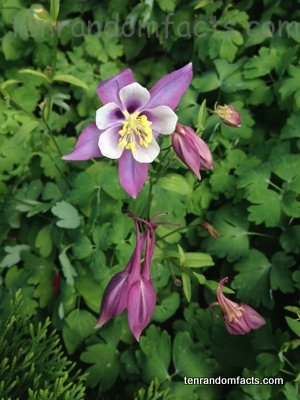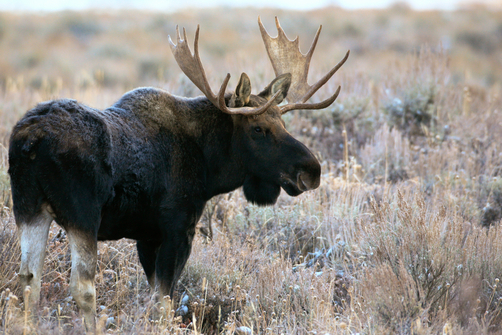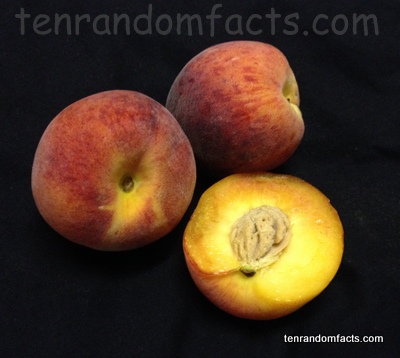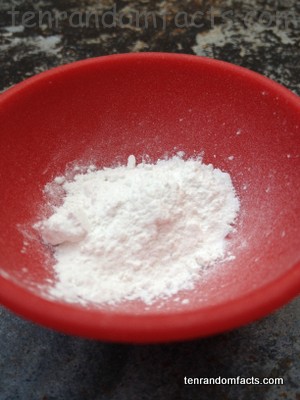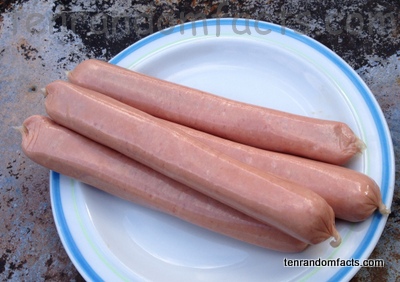
Will these sausage facts make you lose your appetite?
- Sausages are edible food products typically made of encased ground meat and often include seasonings, and thousands of years ago were originally used as a way to preserve meat, typically with salt.
- Sausage casings were first made using cleaned intestines and hollow stomachs from the animals that were killed for their meat – generally sheep, cows, goats and pigs although other animals have been used.
- ‘Sausage’ comes from the old French word ‘saussiche’, which has its origin in the Latin word ‘salsus’, which means ‘salted’.
- Modern sausage casings are often manmade and the options include cellulose, collagen and plastic, although plastic casings are not usually used due to health concerns.
- Sausage varieties can be made with different methods of salting, cooking, drying and smoking, or they can be raw and are edible due to a fermentation process.
- Some countries in Europe are the home of thousands of different sausage varieties that range in size, shape, taste, or other attributes.
- Sausages can be made without a casing, and can be made vegetarian, with nuts, soya products, vegetables and tofu, and include ingredients that hold the sausage together when cooked.
- Sausages generally have a significant fat content that makes up 20 to 50 percent of its weight, and they usually need at least 20% fat to stay moist after cooking.
- Sausages are called many different names, depending on their method of production and their ingredients, and they include ‘hot dogs’, ‘salami’, ‘saveloys’, ‘pepperoni’, ‘bratwurst’, ‘cabanossi’ and many others.
- Sausage casings are generally filled with meat, and then twisted at intervals to section off the big long casing tube, often into the size of an individual portion.
Bibliography:
Sausage, 2003, Encyclopedia.com, http://www.encyclopedia.com/topic/sausage.aspx
Sausage, 2013, Wikipedia, http://en.wikipedia.org/wiki/Sausage






